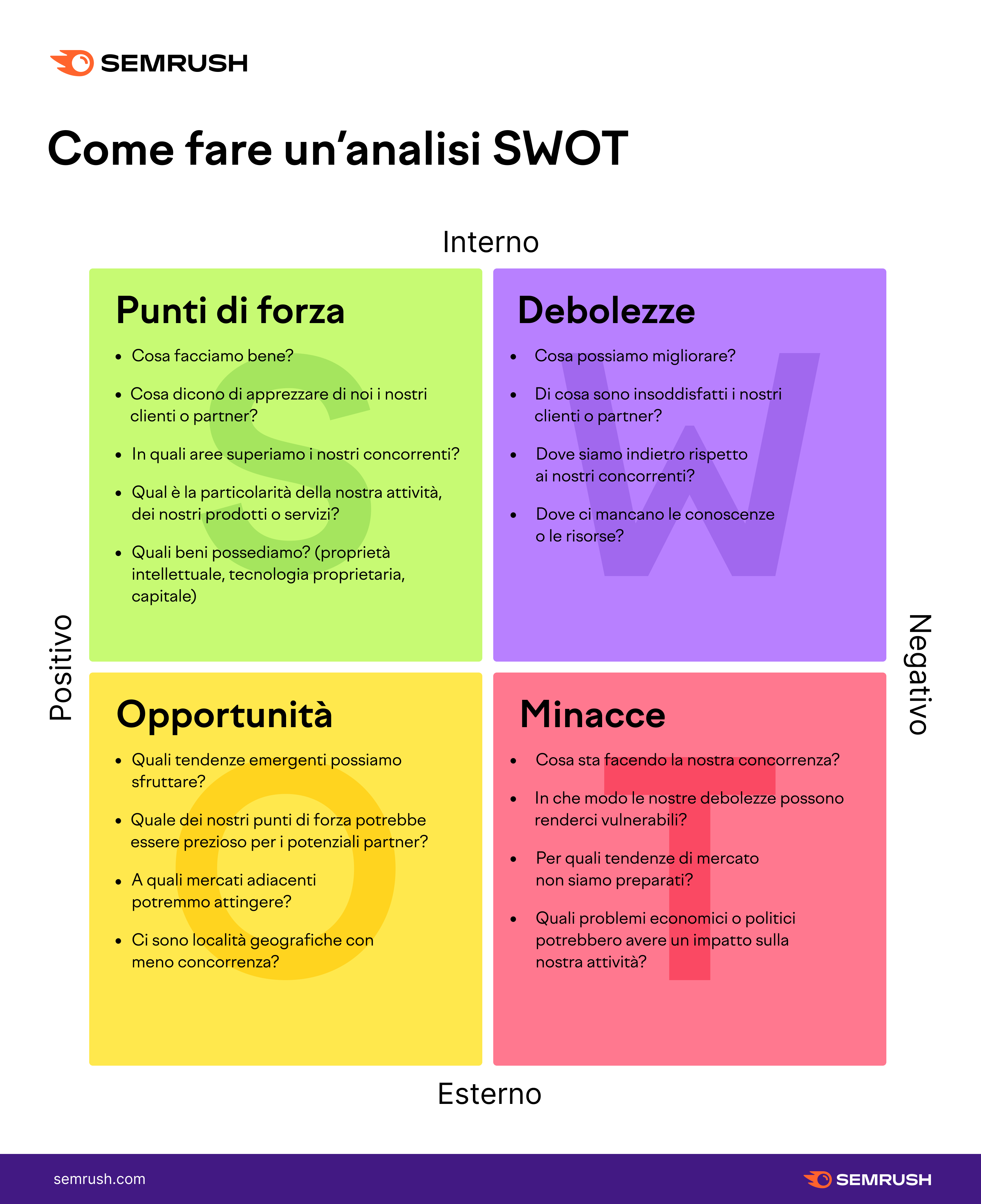Testing Dynamic Electricity Pricing: Dutch Utilities And Solar Energy Integration

Table of Contents
The Role of Dynamic Electricity Pricing in Solar Energy Integration
Dynamic Electricity Pricing (DEP), also known as time-of-use pricing, is a pricing mechanism that reflects real-time fluctuations in electricity supply and demand. Unlike traditional fixed-rate pricing, DEP offers lower prices during periods of high renewable energy generation, such as peak solar output. This incentivizes consumers to shift their energy-intensive activities – like running washing machines or dishwashers – to these times, thereby maximizing the utilization of solar power.
- DEP offers time-of-use pricing reflecting real-time supply and demand. This means prices are lower when solar energy is abundant and higher when demand is high and renewable sources are limited.
- Lower prices during peak solar generation incentivize consumption shifts. Consumers are financially motivated to consume more electricity when it's cleaner and cheaper.
- Reduces strain on the grid during peak demand periods. By shifting consumption, DEP helps alleviate the pressure on the grid during peak hours, improving overall grid stability.
- Improves grid stability and reliability. Reduced peak demand translates to a more reliable and resilient electricity grid, minimizing the risk of blackouts and brownouts.
The benefits of DEP extend to both consumers and the grid. Consumers can potentially reduce their electricity bills by adjusting their consumption habits, while the grid benefits from reduced strain and improved stability. Several pilot projects in the Netherlands, such as those involving smart meters and smart home technologies, have demonstrated the successful implementation of DEP and its positive impacts on solar energy integration.
Dutch Utilities Leading the DEP Charge
Several key Dutch utilities are at the forefront of DEP pilot programs and initiatives, actively exploring its potential to improve grid management and promote renewable energy adoption.
- Prominent Utilities and their DEP Programs: Companies like Eneco, Vattenfall, and Essent are actively involved, each employing slightly different strategies and technologies. For instance, Eneco utilizes a sophisticated smart meter system to provide real-time pricing information to consumers, while Vattenfall focuses on targeted consumer education campaigns alongside its DEP program.
- Technologies and Platforms: These programs leverage advanced metering infrastructure (AMI), smart home technology integration, and user-friendly mobile applications to deliver real-time pricing data and facilitate consumption management.
- Consumer Engagement Strategies: Successful DEP implementation hinges on effective consumer engagement. Utilities are employing various strategies, including educational materials, online portals, and personalized feedback mechanisms, to help consumers understand and adapt to DEP.
- Challenges Faced by Utilities: Implementing DEP isn't without its hurdles. Challenges include securing consumer acceptance (concerns about price volatility), addressing technological limitations (ensuring reliable data transmission and smart meter deployment), and navigating regulatory frameworks.
Impact of DEP on Solar Energy Consumption and Grid Stability
Data from ongoing DEP pilot programs in the Netherlands are beginning to reveal the impact on solar energy integration and grid stability.
- Changes in Energy Consumption Patterns: Early results show a discernible shift in energy consumption patterns, with increased electricity usage during periods of high solar generation.
- Grid Stability Improvements: DEP implementation is contributing to improved grid stability by reducing peak demand and enhancing the integration of intermittent renewable energy sources.
- Reduction in Peak Demand: Analysis indicates a noticeable reduction in peak demand during times of high solar output, thereby easing the strain on the grid.
- Increased Solar Energy Penetration: The success of DEP programs points towards a greater potential for increased solar energy penetration into the Dutch energy mix.
The environmental benefits are significant, with increased solar energy utilization leading to lower greenhouse gas emissions. Economically, while some consumers might see initially higher bills due to increased consumption during peak hours, the overall effect is expected to drive down energy costs in the long term due to increased renewable energy usage.
Challenges and Future Directions of DEP in the Netherlands
Despite the promising initial results, several challenges hinder widespread DEP adoption in the Netherlands.
- Consumer Understanding and Acceptance: Educating consumers about DEP and addressing their concerns regarding price volatility is crucial for widespread acceptance.
- Technological Infrastructure Requirements: The successful deployment of DEP relies on robust technological infrastructure, including widespread smart meter deployment and reliable data communication networks.
- Policy and Regulatory Frameworks: Supportive policy and regulatory frameworks are essential to incentivize utility investment in DEP and ensure fair and transparent pricing mechanisms.
- Potential for Energy Inequity: Careful consideration is needed to mitigate potential energy inequity, ensuring that DEP does not disproportionately affect vulnerable populations.
Future research should focus on long-term impacts, refining consumer engagement strategies, and developing robust policy frameworks to overcome these challenges. Targeted support for low-income households is essential to ensure equitable access to the benefits of DEP.
Conclusion
Dynamic Electricity Pricing (DEP) presents a significant opportunity to facilitate the successful integration of solar energy into the Dutch energy system. This article has highlighted the ongoing experiments by Dutch utilities, showcasing the potential benefits for grid stability, renewable energy adoption, and consumer engagement. While challenges remain, particularly regarding consumer understanding and technological infrastructure, the early results are encouraging. Further research into the long-term effects of Dynamic Electricity Pricing on the Dutch energy market is essential. Dutch utilities should continue investing in innovative DEP models and consumer education programs to maximize the potential of solar energy integration. The ongoing testing and refinement of dynamic electricity pricing strategies will be crucial for achieving a sustainable and efficient energy future in the Netherlands. Continued exploration and implementation of effective DEP strategies are vital for a greener tomorrow.

Featured Posts
-
 Covid 19 Pandemic Lab Owners Guilty Plea For Fake Test Results
May 03, 2025
Covid 19 Pandemic Lab Owners Guilty Plea For Fake Test Results
May 03, 2025 -
 Graeme Souness Verdict Will Rashford Join Aston Villa
May 03, 2025
Graeme Souness Verdict Will Rashford Join Aston Villa
May 03, 2025 -
 Francafrique Le Discours De Macron Au Gabon Et Ses Implications
May 03, 2025
Francafrique Le Discours De Macron Au Gabon Et Ses Implications
May 03, 2025 -
 Medvedev Minacce Nucleari E Russofobia Nell Ue Analisi Della Crisi
May 03, 2025
Medvedev Minacce Nucleari E Russofobia Nell Ue Analisi Della Crisi
May 03, 2025 -
 The Smart Ring Test A New Way To Demonstrate Faithfulness
May 03, 2025
The Smart Ring Test A New Way To Demonstrate Faithfulness
May 03, 2025
